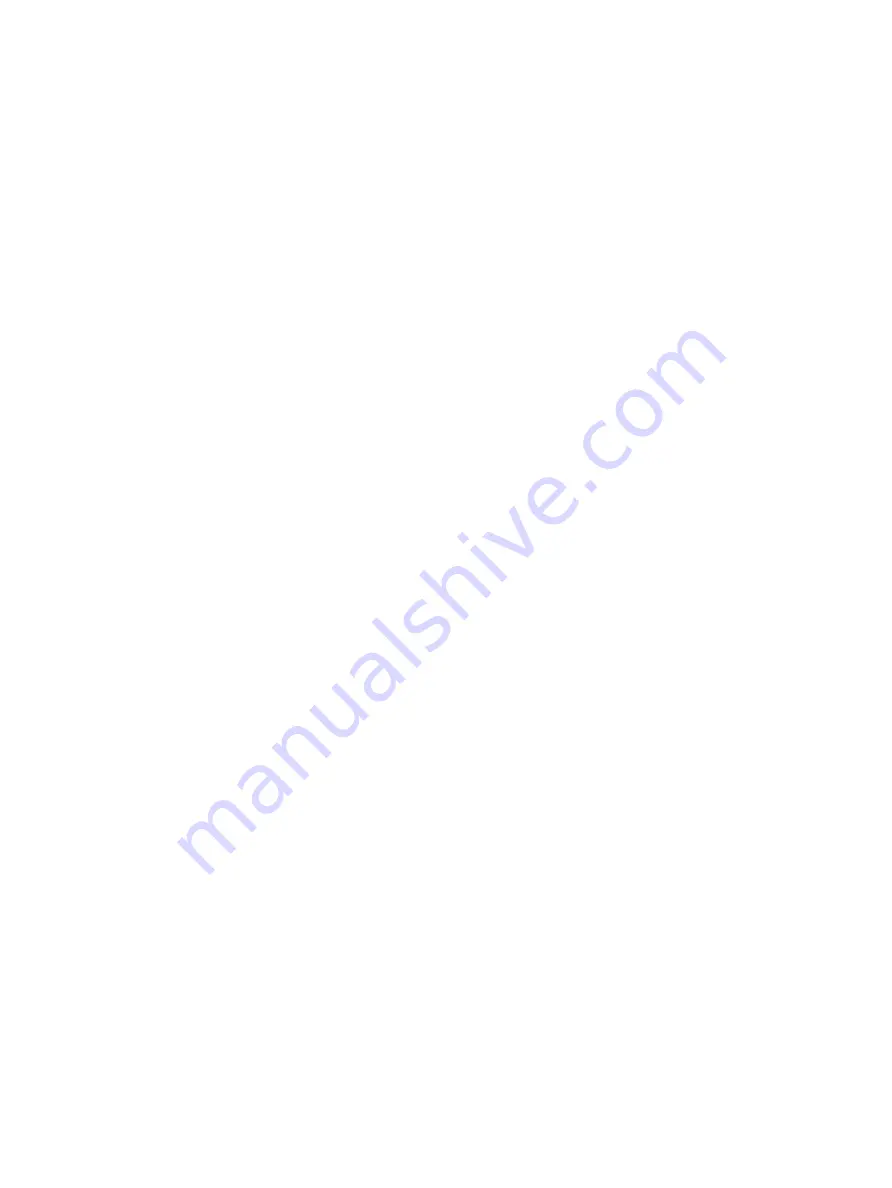
174
Ion Classic User Manual
•
The two columns on the left side of the CIA are pageable and show manufacturer
names. The four columns to the right of the manufacturer’s list are pageable devices
that are available from the selected manufacturer for patching.
•
Selecting a specific manufacturer repaints the display with all devices that are available
from that manufacturer. After you select a device, the fixture/ device type appears in the
command line, in the {Type} box in the CIA, and in the “Type” field for that channel in
the patch display.
•
{Label} - An optional user-defined label. You can use the [Label] key to display the virtual
PC keyboard on the CIA. Pressing {Label} or [Label], after a label has already been
assigned, will display the label on the command line for editing purposes. Pressing
[Label] [Label] will clear the text.
•
[1] [At] [5] [Label] <S4 house right> [Enter] - patches channel 1 to output 5 and labels
channel 1 as “S4 house right”.
•
{Address} - Required for DMX control of devices. You may use the either the [At] or
[Address/Patch] key instead of the {Address} button.
•
Use the keypad to define the starting address for the device (from 1 to 32,767,488) or a
port and offset value.You may enter a start address without defining an end address.
•
Eos will draw this information from the library data. If you wish to leave a larger output
gap than required by the library, use {Offset}. See
Using Offset in Patch (on page 162)
•
If you specify a start address that conflicts with other channels already patched, the
conflicting channels will be unpatched after a confirmation is provided by the user.
•
{Interface} - An optional field used to specify what protocols and interfaces should be
used for the output. When the field is left blank, the default data output is used as
selected in the {Network} section of the ECU and {Outputs} section of Setup. For more
information about setting defaults see
Output Protocols (on page 555)
and
. The interface options available are sACN, Net 2- EDMX, Art-Net, AVAB UDP,
and local DMX, depending on what has been enabled for the console. If an output
option is not enabled, it will appear grayed out in the {Interface} list.
•
{Preserve Native} - When Preserve Native is enabled, and you make changes to patch,
your cues' real world levels (like pan degrees) will be converted so that the DMX output
is preserved instead of the degrees. This is primarily useful for fixture substitutions.
•
{Flash} - will bring a channel or address to full, and then every other second the level will
move to 15%. That will hold for 1 second, and then the level will return to full. The
channel or address will keep flashing until either the command line is cleared or {Flash} is
selected again.
Attribute Section
The Attributes section provides you with optional fields for additional information and details
about the configuration of your rig. Attribute settings include {Preheat}, {Proportion}, {Curve},
{Fan Curve}, {LD Flags}, {GM Exempt}, {Invert Pan}, {Invert Tilt}, {Swap P/T}, and {Color Path}.
With one or more channels selected, Scrollers / Wheels will display only the parameters that
apply to those fixtures will appear. Press the desired attribute button and use the keypad to set
the attribute value.
Summary of Contents for Element Classic
Page 1: ...Ion Classic User Manual Version 3 1 1 4310M1210 3 1 1 RevA 2022 03...
Page 92: ...78 Ion Classic User Manual...
Page 212: ...198 Ion Classic User Manual...
Page 274: ...260 Ion Classic User Manual...
Page 275: ...Mark 261 Chapter 9 Mark About Mark 262 AutoMark 262 Referenced Marks 263...
Page 308: ...294 Ion Classic User Manual...
Page 346: ...332 Ion Classic User Manual...
Page 364: ...350 Ion Classic User Manual...
Page 378: ...364 Ion Classic User Manual...
Page 384: ...370 Ion Classic User Manual...
Page 426: ...412 Ion Classic User Manual...
Page 438: ...424 Ion Classic User Manual...
Page 444: ...430 Ion Classic User Manual...
Page 450: ...436 Ion Classic User Manual...
Page 458: ...444 Ion Classic User Manual...
Page 479: ...Magic Sheets 465...
Page 480: ...466 Ion Classic User Manual...
Page 530: ...516 Ion Classic User Manual...
Page 558: ...544 Ion Classic User Manual...
Page 578: ...564 Ion Classic User Manual...
















































